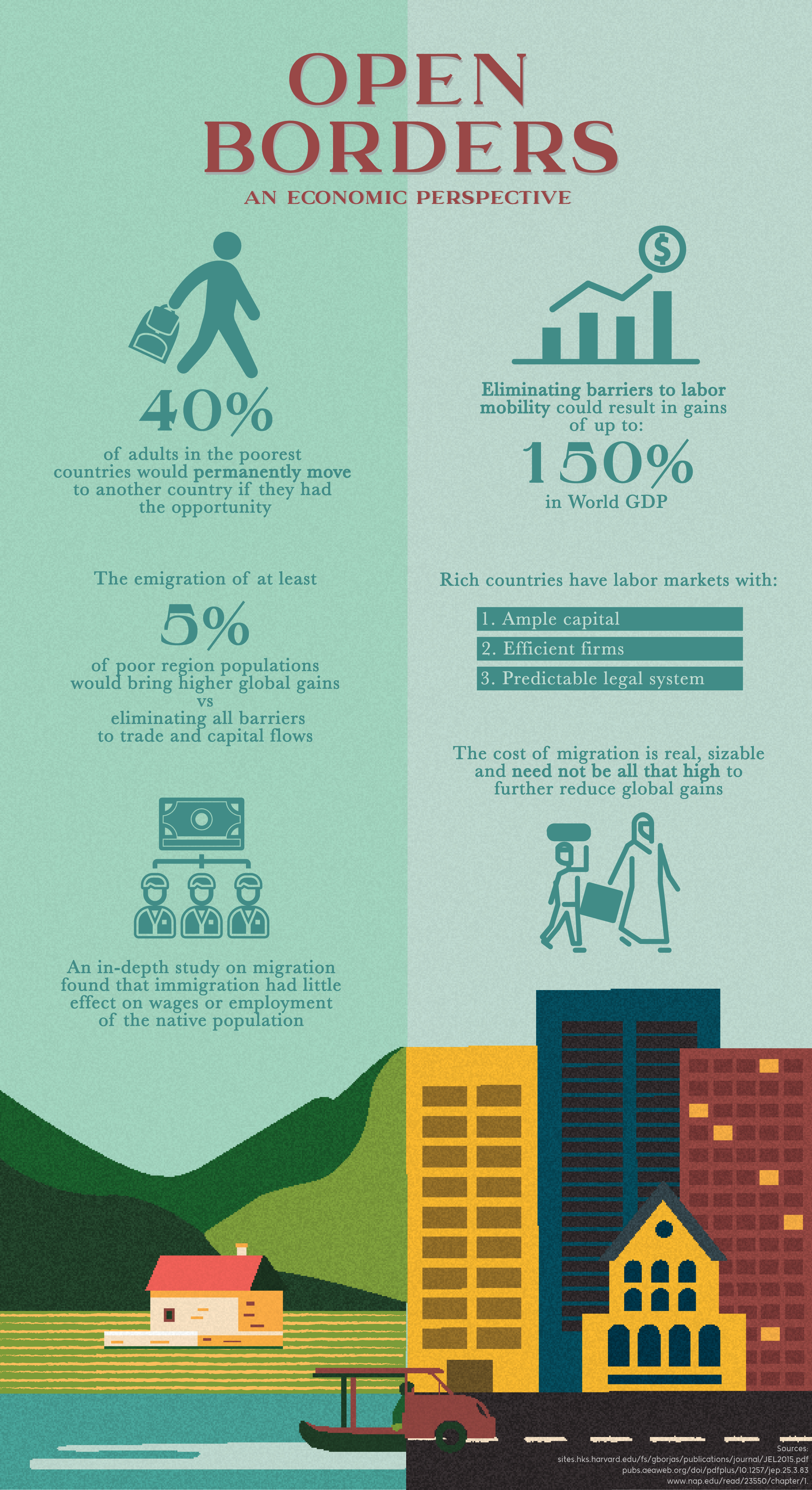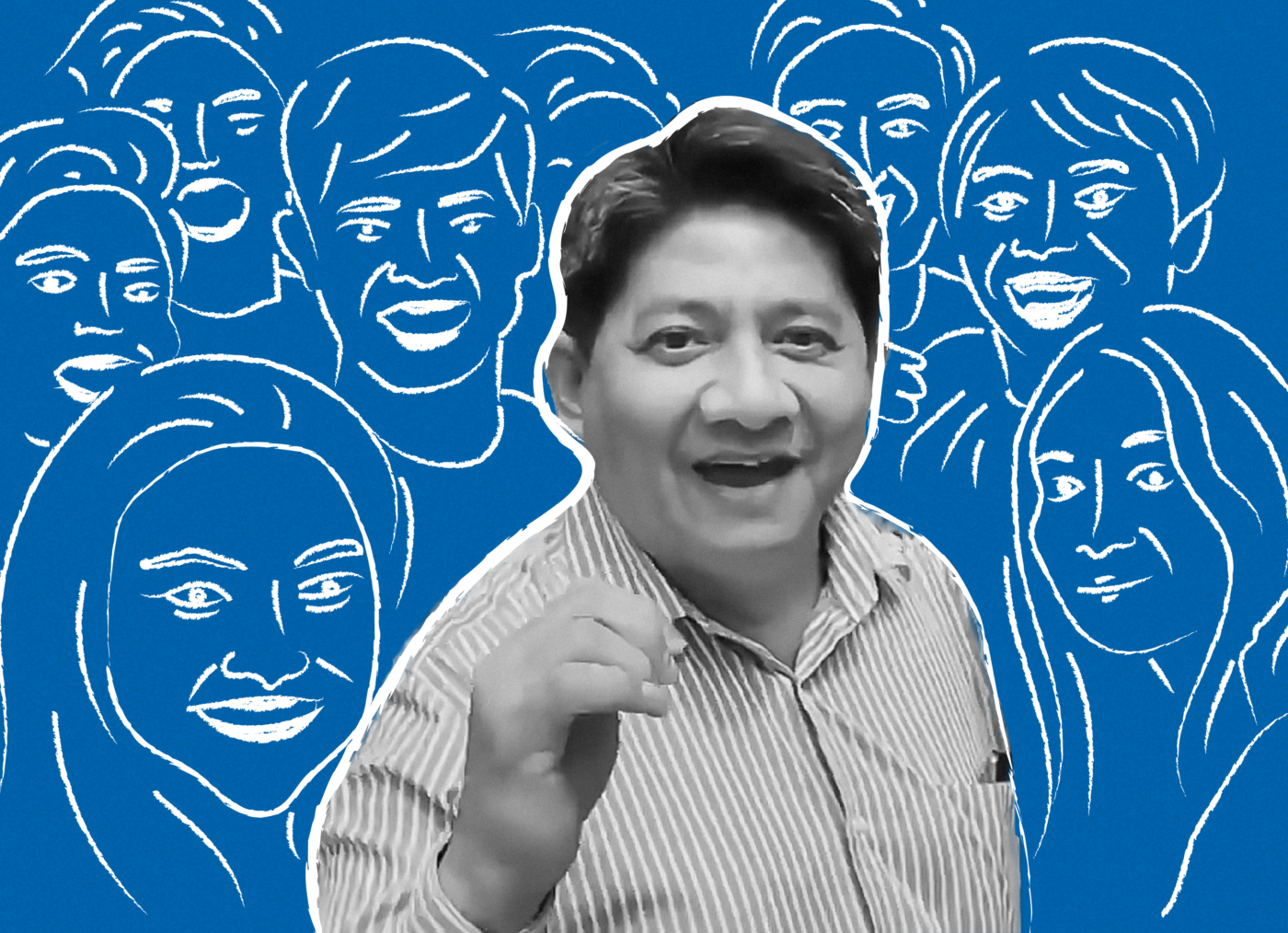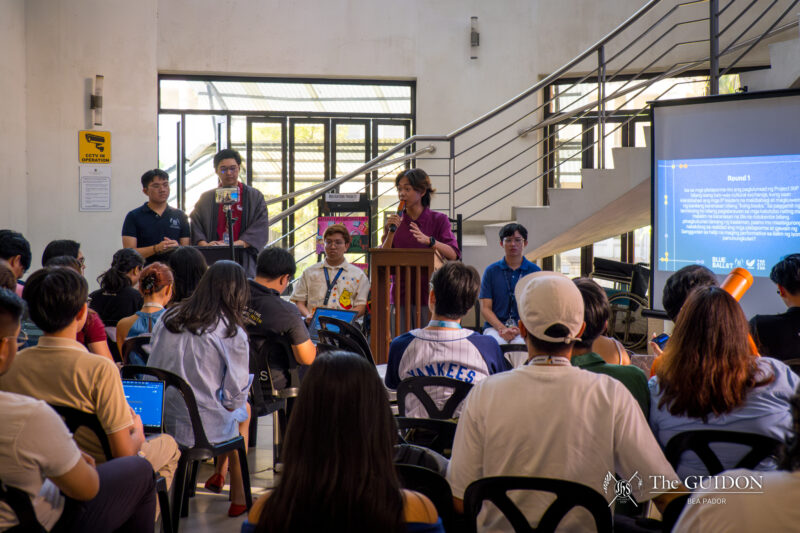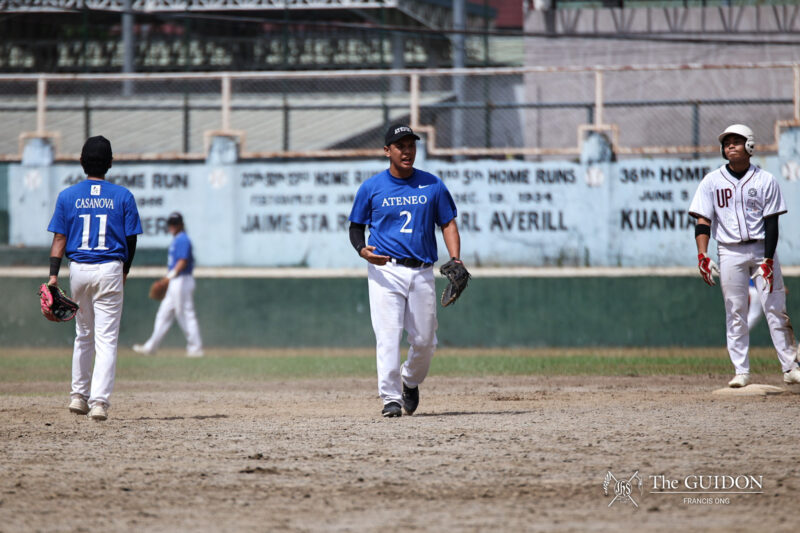One of Philippine electoral politics’ most constant features is the tradition of amassing popularity by appealing to the emotional sentiments of the voting population. Although it might be argued that this practice has reduced campaigning to a mere popularity contest, it has become a key feature of elections. Exaggerating a politician’s marketability has time and again proven to be an effective strategy for accumulating votes. The advent of social media has allowed for candidates to market increasingly creative pitches for the masses. In spite of its social media’s rapidly evolving nature, populist tendencies have remained faithful to their central objective of securing votes by means of engaging in behavior that the masses can resonate with.
Atty. Lorenzo “Larry” Gadon’s social media presence has been the most recent example of this practice. Gadon initially caught the public’s eye when a video of him cursing at civilian protesters during a mobilization in support of former chief justice Maria Lourdes Sereno went viral. Capitalizing on his newfound publicity, Gadon launched a social media campaign which featured videos of him engaging with students from different institutions, telling the audience that these students were not, as he put it, bobo.
The newest political sensation
Gadon entered the political scene as a member of former president Gloria Arroyo’s legal counsel. He was later affiliated with the Kilusan ng Bagong Lipunan (KBL) and Lakas Christian Muslim Democrat (CMD) blocs. In 2016, he lost the Senatorial race, finishing in 27th place. He also drew criticism for his political affiliations, the most notable of which was his loyalty to the Marcos family and his own revisionist tendencies. Not only has he denounced the Aquinos’ contribution to the EDSA Revolution, but he also blatantly denied the Jabidah massacre and dismissed it as yellow propaganda.
During his campaign, Gadon was criticized following remarks he made involving Muslim insurgency, stating that if the Moro Islamic Liberation Front (MILF) refused to discontinue armed struggle, he would gladly resort to using violent measures, even considering genocide as a viable option. He confirmed his allegiances when he filed a complaint against Sereno, which successfully initiated her impeachment trial. On September 7, Gadon confirmed his plans to run for Senator, once again, in the 2019 midterm elections under the wing of the KBL.
Even with these controversial remarks, Gadon failed to sustain the attention needed to fuel a significant run for office in 2016. This time around, Gadon has utilized social media antics to draw attention to himself. With elections fast approaching, Aguirre notes that Gadon latches on to any form of publicity he can get simply because he does not possess the same degree of media exposure enjoyed by his opponents. This, too, is a conventional element of Philippine elections as mainstream media likewise favors reporting mainstream politicians. Consequently, candidates in dire need of media coverage resort to engaging in unconventional and often ridiculous behavior in order to generate any form of buzz. Gadon’s viral antics were not merely instigated for amusement, they were also carried out in the interest of broadcasting his political efforts.
Putting himself on the map
With Gadon’s heightened popularity, voters are made to consider whether he has the capacity to match his counterparts. Arjan Aguirre, an instructor specializing in electoral politics and contentious issues at the Ateneo’s Political Science Department, argues that seeing as Gadon’s fame is grounded on an outdated strategy, albeit executed in an unorthodox manner, it will quickly be subsumed by the surge of ads and endorsements in the coming months.
Aguirre notes that the senatorial candidate’s social media platform is ineffective in forwarding his political interests as it targets the wrong audience. He adds that Gadon was right to acknowledge the salience of obtaining the support of young voters. However, the method by which he chooses to interact with them is problematic. Aguirre says that the youth understand the motives behind Gadon’s digital propaganda: belonging to a generation most adept at navigating the cyber sphere, they understand that he is simply using them to project his political vision.
At face value, it might have seemed that Gadon successfully integrated himself with the younger demographic. But as the craze continued, it became apparent that they were not participating in the trend out of sincerity, but due to the fact that it was a national sensation they needed to take part in.
Aguirre then warns that Gadon’s movement may have an indirect effect on other sectors, especially on the older members of the population who are not as critical in their use of social media. These sectors could misinterpret the youth’s involvement in Gadon’s antics to be an indication of legitimate support. Additionally, Aguirre argues that Gadon’s antics degrade the value of electoral politics as he promotes himself by invalidating other political actors through overtly attacking agents with conflicting beliefs. He says that votes should be gained only by presenting the valuable qualities that a candidate holds; they should never be gained through deceptive and aggressive behavior.
Even if Gadon’s senatorial run should fail, as Aguirre predicts, it should nonetheless be treated with circumspect. He reiterates that treating elections as a mere publicity stunt was how Duterte secured the highest post in the country. Regardless of the results of the coming midterm elections, the public must be weary of candidates who suddenly arrive in the political scene as if to signal a new trend.

Infographic by Maxine C. Lim




